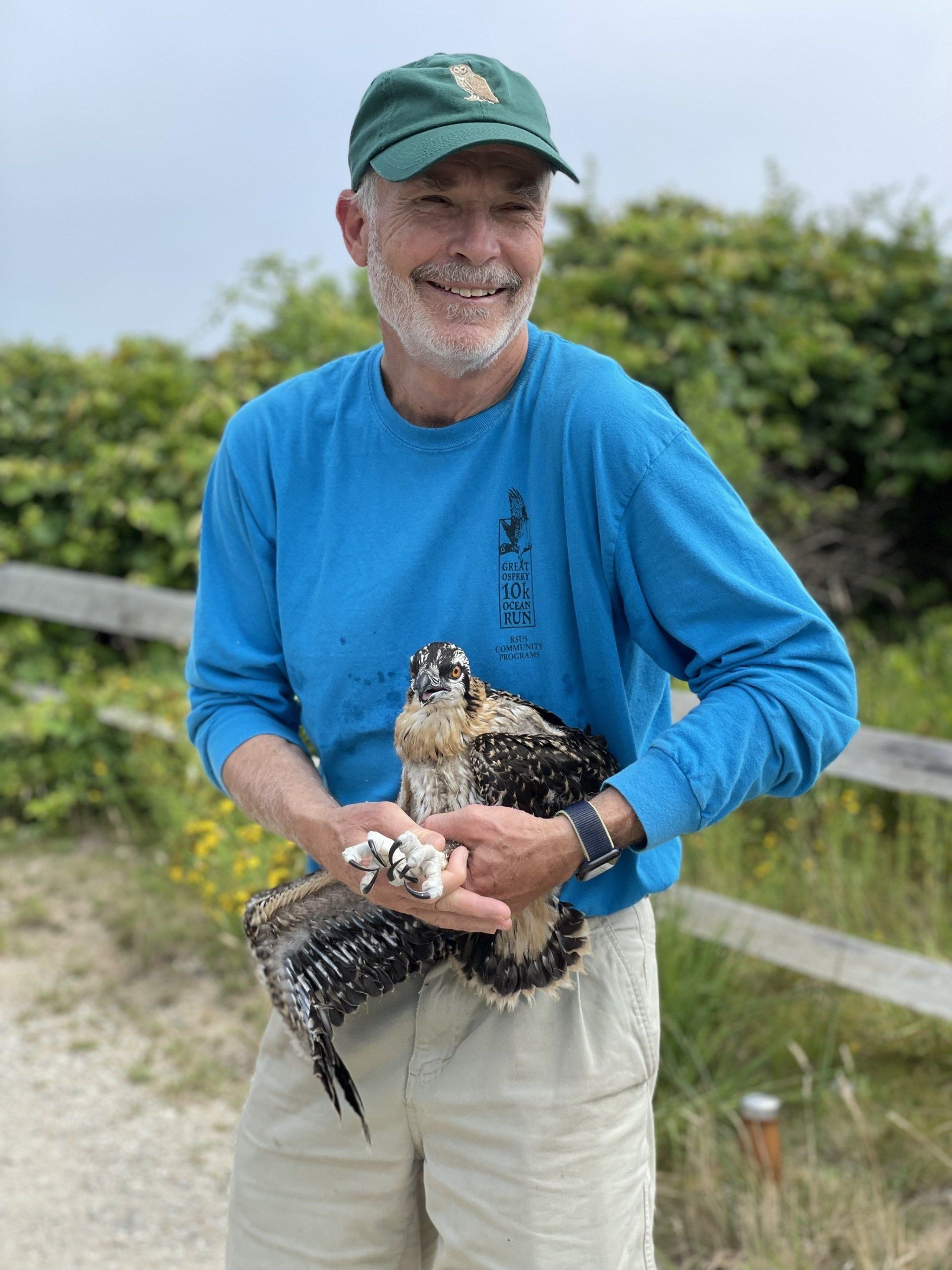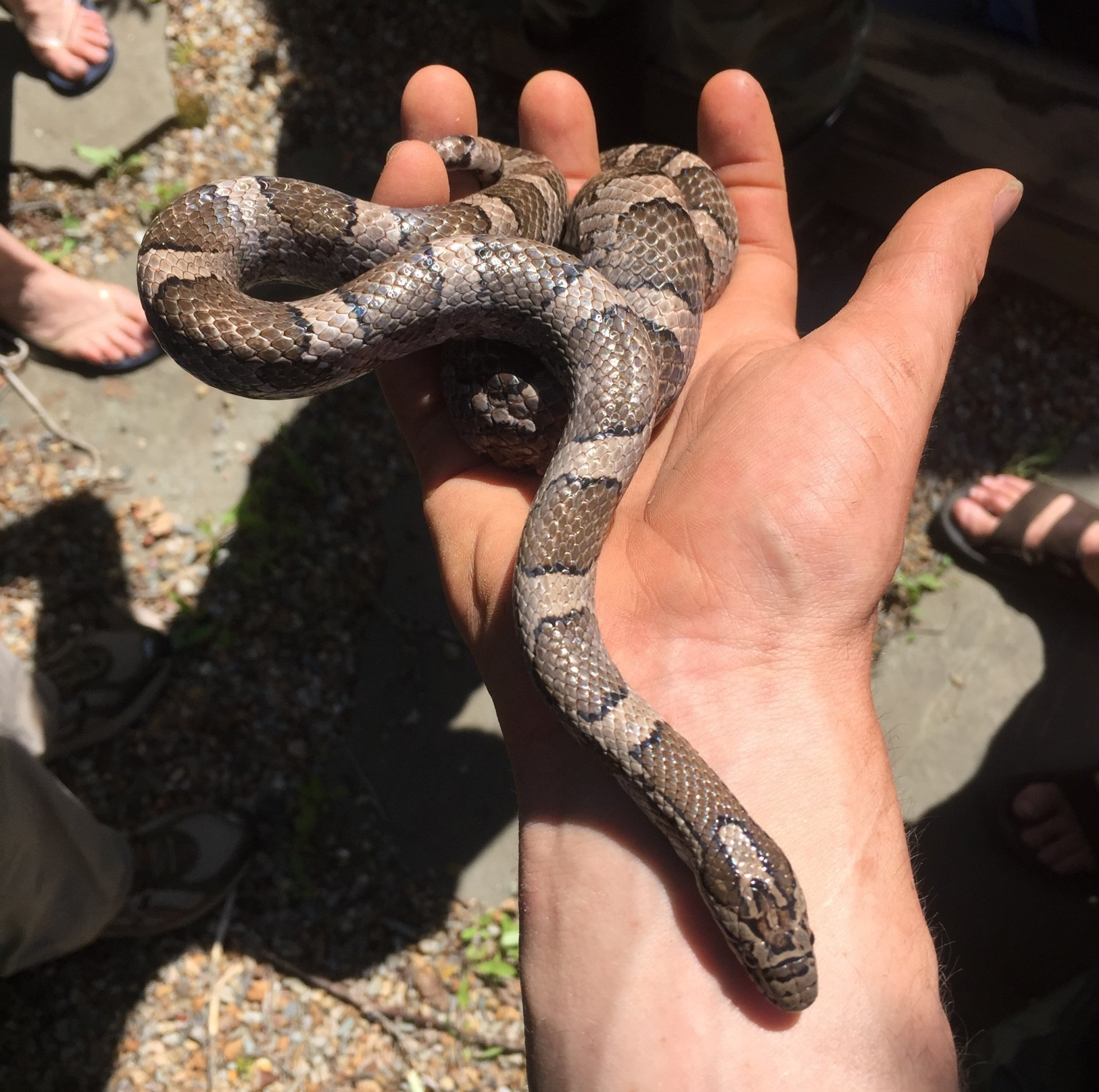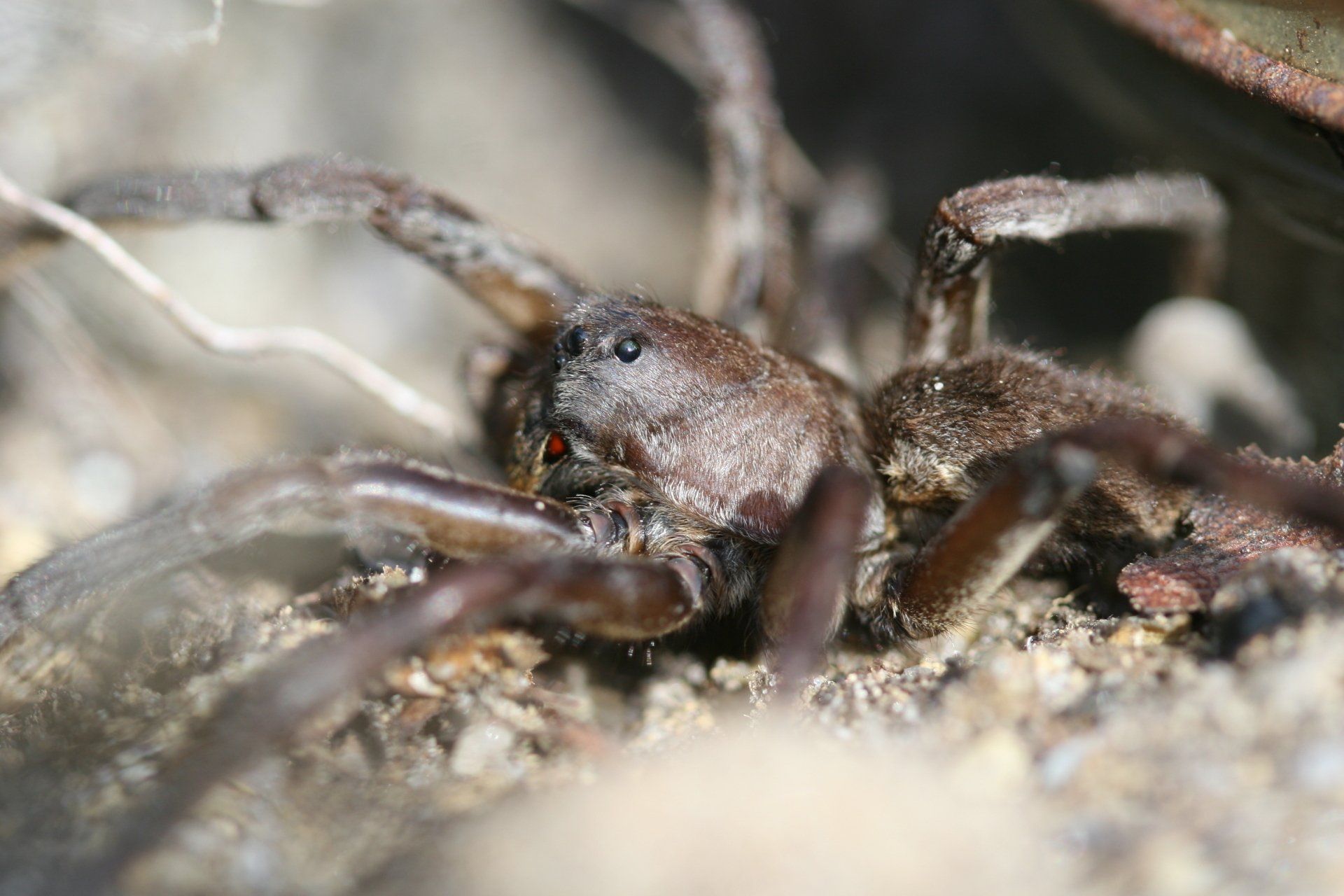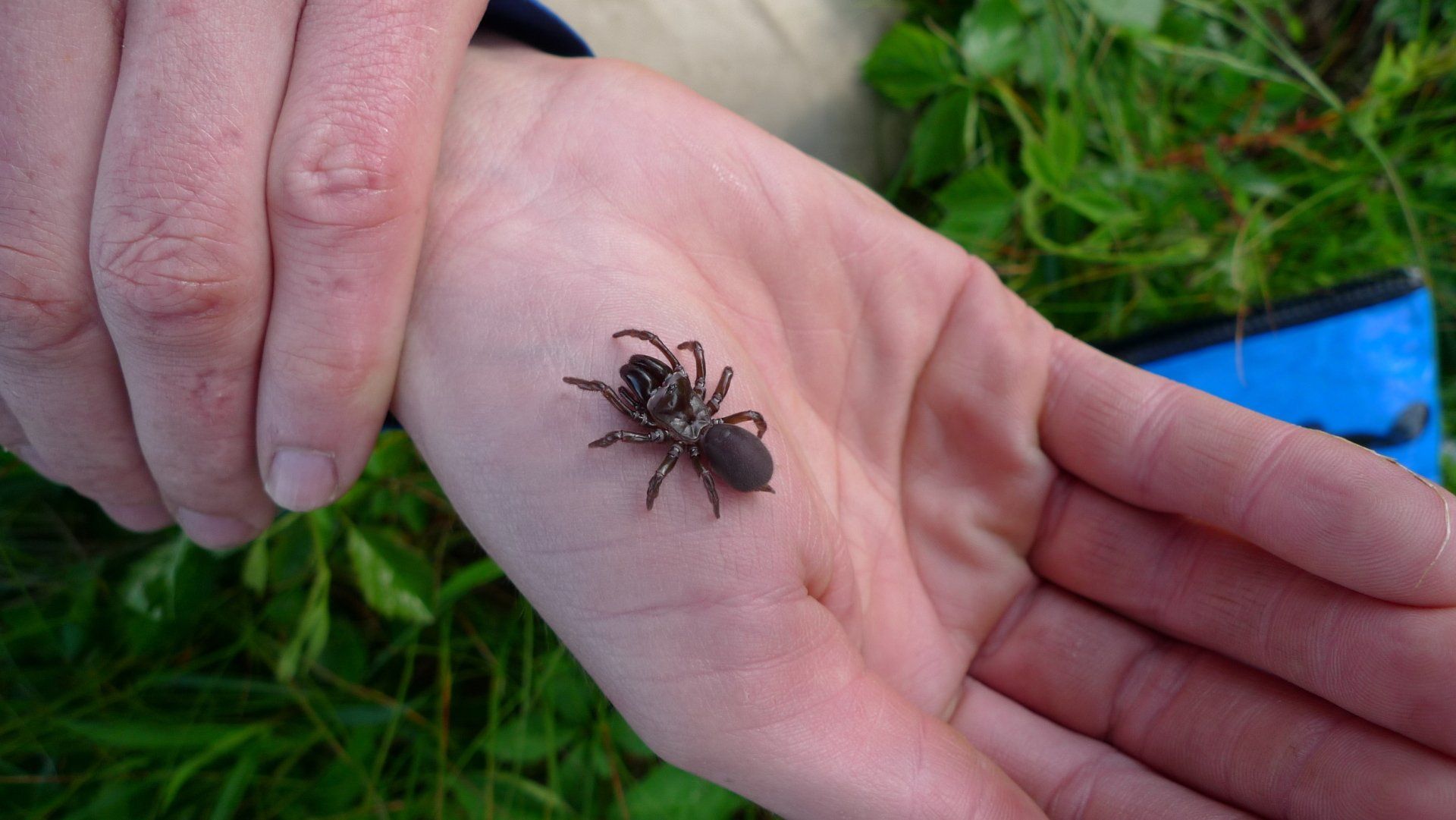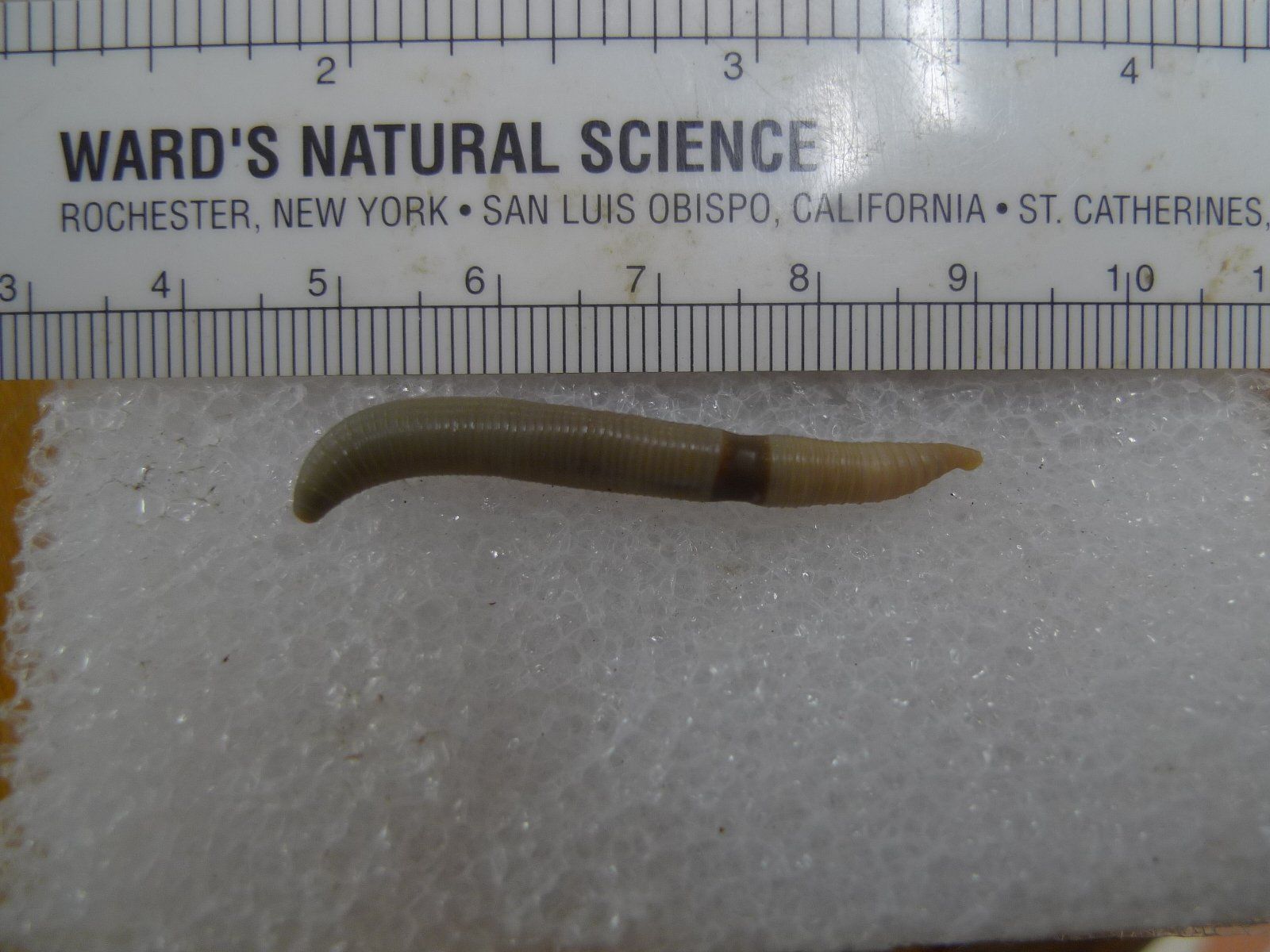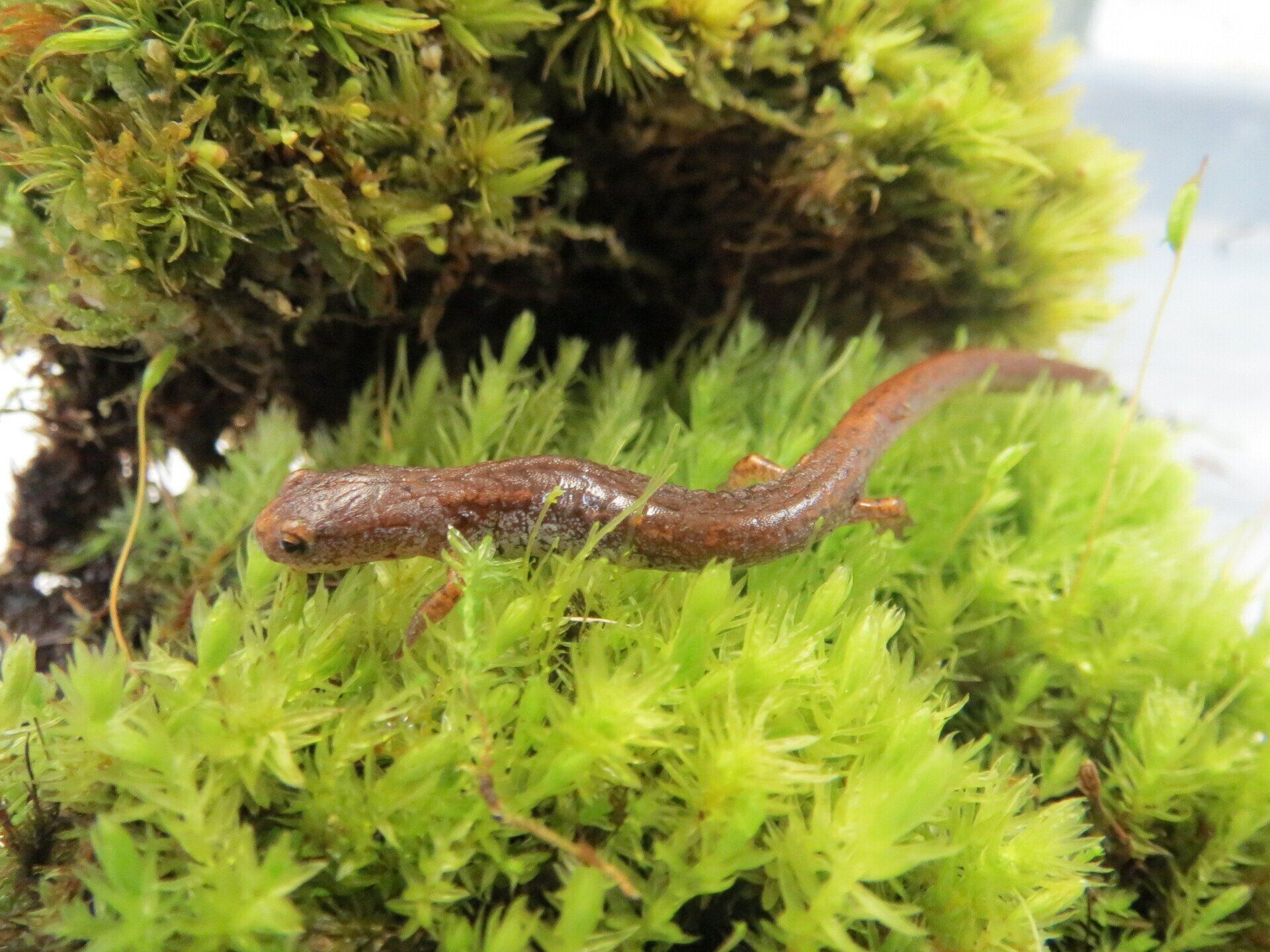RESEARCH
Ecology and Biodiversity
Research on land-based animals and plants is usually conducted by staff, interns, and volunteers from the MMA Natural Science Museum. Projects typically focus on biodiversity (counting species and individual animals) and monitoring rare species. Staying true to Maria Mitchell’s belief in learn-by-doing, the MMA works hard to empower interns, local students, and volunteers by nurturing their research ideas and including them on all projects.
MMA staff could not do any of this work without the amazing support from MMA members through their annual memberships and participation. If you are a member, thank you for all that you do!
Importantly, research on Nantucket is very collaborative. The MMA is a founding member of the Nantucket Biodiversity Initiative (NBI) and some of these projects were supported by NBI and other NBI member organizations. These partnerships are noted in the project descriptions.
NBI also maintains the Nantucket Biodiversity Digital Repository that contains reports and data from Nantucket research projects dating back to 2006. A wealth of biodiversity information! The MMA has supported many of those projects either directly or indirectly in partnership with other NBI members.
CURRENT RESEARCH
Barn Owl Monitoring Program
MMA staff have been monitoring barn owl breeding on Nantucket since the very first nest was found in 1968. These owls need cavities, like old trees, barns, or sometimes chimneys and attics, to nest in and they are incredibly efficient rodent hunters. A good species to have around! Nantucket does not have many large trees with good nest sites. Since the early 2000’s, generous members of the MMA Barn Owl Box program have built and installed plywood nesting boxes to help out. With the support from these members, MMA staff visit each box and count the barn owl young each year. They owlets look like fluffy white dinosaurs with huge talons. Each gets a little anklet (called a bird band) that is used to identify them. If an adult is found in a box and has a band, it can be identified and aged. This project is important because it monitors a potentially useful predator on Nantucket and it provides data on how climate change may be affecting Nantucket’s animals.
Interested in joining the Barn Owl Box Program or supporting this work?
To see more pictures and learn about the banding process visit our
Barn Owl Research page.
PAST RESEARCH – Multi-year projects
Osprey Tracking
Summary
Osprey are fish eating raptors and those from Nantucket have an epic migration each year. At the end of each summer, osprey that nested and raised their young on Nantucket embark on a long journey back to Central and South America, sometimes up to 4,000 miles one way! As winter gives way to spring, the osprey fly all the way back north to Nantucket. The first sighting of an osprey here is an exciting moment and usually occurs around the end of March. Breeding pairs of osprey winter separately but will typically return to their same nest year after year. If one arrives before its partner, it may need to defend the nest site from other osprey. Sometimes, its partner does not return (the 4,000 mile migration is very dangerous, as we will see) and the osprey will then accept a new mate. Nests are usually built on the tops of trees, or to the dismay of electricity and telephone companies, on utility poles. On Nantucket, The Nantucket Electric Company has donated resources to erect many poles around the island for osprey to use. At some points there are up to 20 nesting pairs of osprey on the island.
So what is migration like for a Nantucket osprey? To find out, Maria Mitchell’s Senior Research Fellow, Dr. Bob Kennedy, and the Trustees of Reservation attached GPS transmitters to two Nantucket Osprey, starting in 2009. The first, named Mr. Hannah, was tracked for a full year before disappearing during his second tracked journey to South America (a storm over the Caribbean likely exhausted him). The second, Senor Bones (named by students at the Nantucket Elementary School), was tracked from 2010 through 2015, at which point his transmitter probably failed.
What dangers do osprey face? Storms can push them off course and away from land, people shoot osprey that are hunting fish in fish ponds, and travelling so far may mean food and shelter difficulties. Tracking Mr. Hannah and Senor Bones provided snapshots of where osprey from Nantucket go in the winter and illustrate what migration routes they take.
Implications
Data from this project was used to understand what Nantucket ponds osprey use to catch fish, where they migrate to in the winter, and how they get there. This information is used to inform conservation efforts. The travels of the osprey show how important it is to care for wild areas, both where they nest and where they migrate. Without protection of wetlands, forests, and coastland, this species has no place to rest, hunt, and live. Conservationists use data like this to figure out what areas need protection for maximum effect.
Associated Publications
Martell, M. S., Bierregaard Jr, R. O., Washburn, B. E., Elliott, J. E., Henny, C. J., Kennedy, R. S., & MacLeod, I. (2014). The spring migration of adult North American Ospreys. Journal of Raptor Research, 48(4), 309-324. doi: https://doi.org/10.3356/JRR-14-00035.1
Bierregaard Jr, R. O., David, A. B., Gibson, L., Kennedy, R. S., Poole, A. F., Scheibel, M. S., & Victoria, J. (2014). Post-DDT Recovery of Osprey (Pandion haliaetus) Populations in Southern New England and Long Island, New York, 1970–2013. Journal of Raptor Research, 48(4), 361-374. doi:
https://doi.org/10.3356/JRR-OSPR-14-04.1
Snake Population Survey
Summary
In 2007, Scott Smyers, an environmental consultant, received a grant from the Nantucket Biodiversity Initiative to study snake populations on Nantucket.The goals were to understand what snake species are present on Nantucket and Tuckernuck, and gather physical measurements for each species. Under Scotts direction, Maria Mitchell staff and interns conducted all the field work for this project and the Nantucket Conservation Foundation, Trustees of Reservation, the Nantucket Island Land Bank, and the Tuckernuck Land Trust allowed access to their properties. Cover boards (just plain old plywood!) were laid out in six locations. Field work involved lifting up the boards once a week, catching all snakes, and measuring their length and mass. To see an extreme example (the most snakes we ever found under one board), check out this video:
Researchers confirmed that there are six species of snake on Nantucket: eastern garter snake, ring-neck snake, eastern milk snake, northern water snake, ribbon snake, and smooth green snake. None of these are venomous, by the way. The rarest species is the smooth green snake; it only lives on Coatue. Garter snakes and ring-neck snakes are the most common (at least in our trap locations) and water snakes and milk snakes are the largest. Another interesting result was an analysis of garter snake patterns compared to mainland garter snakes. Nantucket garters are more checkered, while mainland snakes are more striped.
Implications
This project showed that Nantucket garters do look different (see the publication listed below) and amassed useful baseline data on the size and relative abundance of snakes. The trap method, cover boards, may work better for some species than others, so data must be interpreted carefully. This work may be useful for a follow up study to understand how climate change or land use changes on Nantucket are affecting snakes.
Associated Publications
Smyers, S. D., Mckenna-Foster, A., & Shuster, J. D. (2014). Quantification of Color Pattern Variation in the Common Gartersnake (Thamnophis sirtalis) from Two Coastal Islands and Mainland, Massachusetts, USA. Herpetological Review, 45(1), 8-12.
Spider Biodiversity
Summary
In 2006, MMA staff received a Nantucket Biodiversity Initiative (NBI) grant to update the spider species list for Nantucket. With further financial support from NBI and the Nantucket Islands Land Bank, this turned into a 10 year long project that in many ways is still unfinished. The overarching goal of updating a historic list of Nantucket spiders from the 1920’s was accomplished. The number of species increased from 172 to 250! Lots of new discoveries were made with the help of over 50 volunteers. We now know there are two species of tarantulas on the islands, one potential new species to science, several species that have never been found this far north, and we confirmed the presence of northern black widows on Tuckernuck. Work continues, but at a very slow pace. Spider specimens collected as part of this project are stored at the MMA and at the Museum of Comparative Zoology at Harvard.
Implications
As with science in general, this work revealed some answers and many more questions. We now have a second snapshot in time of what species are living on the islands and specimens we collected are adding to general spider knowledge for the region. One example is tissue from several Nantucket and Tuckernuck tarantula specimens have been included in a large genetic analysis for that group of spiders.
Associated Publications
Mckenna-Foster, A., Draney, M. L., & Beaton, C. (2011). An unusually dense population of Sphodros rufipes (Mygalomorphae: Atypidae) at the edge of its range on Tuckernuck Island, Massachusetts. The Journal of Arachnology, 39(1), 171-173. doi 10.1636/P10-15.1
PAST RESEARCH
Dragonflies
The first comprehensive survey of Odonates (dragonflies and damselflies) on Nantucket Island occurred in 1917. Four species were added to this list by 1930. In 2012, Maria Mitchell staff received a Nantucket Biodiversity Initiative grant and surveyed several ponds bi-weekly for adults and larval skins to update the species list and provide records of relative abundance. They found six species of dragonflies that have colonized the island since 1930 and added two species to the island list that are migratory or irruptive. The damselflies are more complicated because of difficult or questionable identification, but there are certainly five species new to the Nantucket list and two species that have likely been extirpated since 1930.
See the report and the data:
Blyth, Julia, & LoPresti, Eric. (2013). Dragonfly and Damselfly populations on Nantucket Island [Data set]. Zenodo.
http://doi.org/10.5281/zenodo.3753099
Earthworms
In 2008 and 2009, MMA scientists used a process called mustard extraction to survey the Islands for earthworms. Funding for this project came from the Nantucket Biodiversity Initiative. They found six non-native species and no native species. Why all non native species? Nantucket was formed by a glacier 20,000 years ago and the crushing ice and nonexistent topsoil at that time probably wiped out any native earthworm species. Earthworms only move into new territory at a rate of approximately 8 meters (26 feet) per year. Earthworms from the south probably did not have enough time to migrate to Nantucket before the ocean surrounded it.
Specimens are located both at the MMA Natural Science Museum and the Museum of Comparative Zoology at Harvard.
See the reports:
Arntzen, Julianna, & Mckenna-Foster, Andrew. (2009, February 15). Earthworm species assemblage and distribution on Nantucket and Tuckernuck Islands, Massachusetts. Zenodo. http://doi.org/10.5281/zenodo.3937705
Mckenna-Foster, Andrew, & Arntzen, Julianna. (2010). Continuation of the Earthworm Survey on Nantucket, Tuckernuck, and Muskeget Islands, Massachusetts [Data set]. Zenodo. http://doi.org/10.5281/zenodo.3942563
Four-Toed Salamanders
In 2009, MMA staff found the first four-toed salamander (Hemidactylium scutatum) on Nantucket. It is Nantucket’s second salamander species (behind the much more common red-backed salamander (Plethodon cinereus)). In 2010, more individual salamanders were found by Nantucket 5th graders on vernal pool field trips with the Nantucket Land Council. This species has a white underbelly with black dots and only four toes on the hind feed (not five). In the fall, it lays eggs under moss on the edges of standing water and the adult female hangs out and guards them. There is tons of moss and standing water on Nantucket, so once we knew they were on island, we assumed they were breeding here.
Despite intensive searching, it wasn’t until 2014 that evidence of breeding was found. This time, MMA staff with a team of Nantucket middle school students managed to find several four-toed salamander nests. Young, observant eyes can be a real help when exploring the natural world!
The Nantucket Conservation Foundation now monitors this population and protects its habitat through large scale land conservation programs.
Read the official publication here:
Mckenna-Foster, A. and S. Smyers. 2010. Hemidactylium scutatum (four-toed salamander) from Nantucket County, MA. Species Note. Herpetological Review. 41(2): 240-241.
And see the official museum record here:
Isopods
Isopods (rollie-pollies and pill bugs) are not insects, they are crustaceans! They are distantly related to shrimp. Isopods are very abundant on Nantucket and some species were likely introduced to the island. During spider research, MMA staff and volunteers decided to count the isopods that fell into special spider traps set in sandplain grassland habitat. They counted over 17,000! Some traps had over 900 isopods, others had zero. The researchers used vegetation measurements taken from around the traps along with the management history (prescribed fire or mowing) to try to explain this. Results were mixed and involved complicated statistics. More work is needed!
You can read more in the report:
Mckenna-Foster, Andrew. (2009). Investigating terrestrial isopod abundance in sandplain grassland using a multiple linear regression [Data set]. Zenodo.
http://doi.org/10.5281/zenodo.3841617
Crayfish
Crayfish do live on Nantucket! But the only individuals ever found have been wandering around after rainstorms. They likely represent one or two species, both introduced. The Natural Science Museum has two specimens, one from Nantucket Town and one from the Sheep Pond area. These animals burrow into the banks of ponds and may destabilize the pond edges. How did they get here? One possible way is as fishing bait that was released when the fish weren't biting. Researchers may one day learn enough to know where crayfish are living on the island and if they are significantly impacting natural areas.
Tuckernuck Millipedes
There is a mystery on Tuckernuck that has yet to be solved definitively. Something decapitates the very large American millipedes (Narceus americanus) on the island. Residents walking on the dirt roads sometimes find handfuls of millipedes still semi alive, but missing their heads. What does this? Why just take the head? One possible answer is that the heads are the only part of the millipede body that does not excrete poisonous cyanide. Tuckernuck is not the only place this occurs. Thomas Eisner was a famous entomologist at Cornell and documented this same thing in upstate New York. He thought an insect predator was responsible, some hypothesize a rodent predator, and others still believe it is a bird. There are accounts from Tuckernuck residents of birds eating millipedes, but no one has gotten a picture as of yet…
You can read more in a report submitted to the Nantucket Biodiversity Initiative:
Mckenna-Foster, Andrew, Comeau Beaton, Cheryl, & Millman, Lawrence. (2010, March 9). An Investigation into headless millipedes on Tuckernuck Island, MA. Zenodo.
http://doi.org/10.5281/zenodo.3925865


